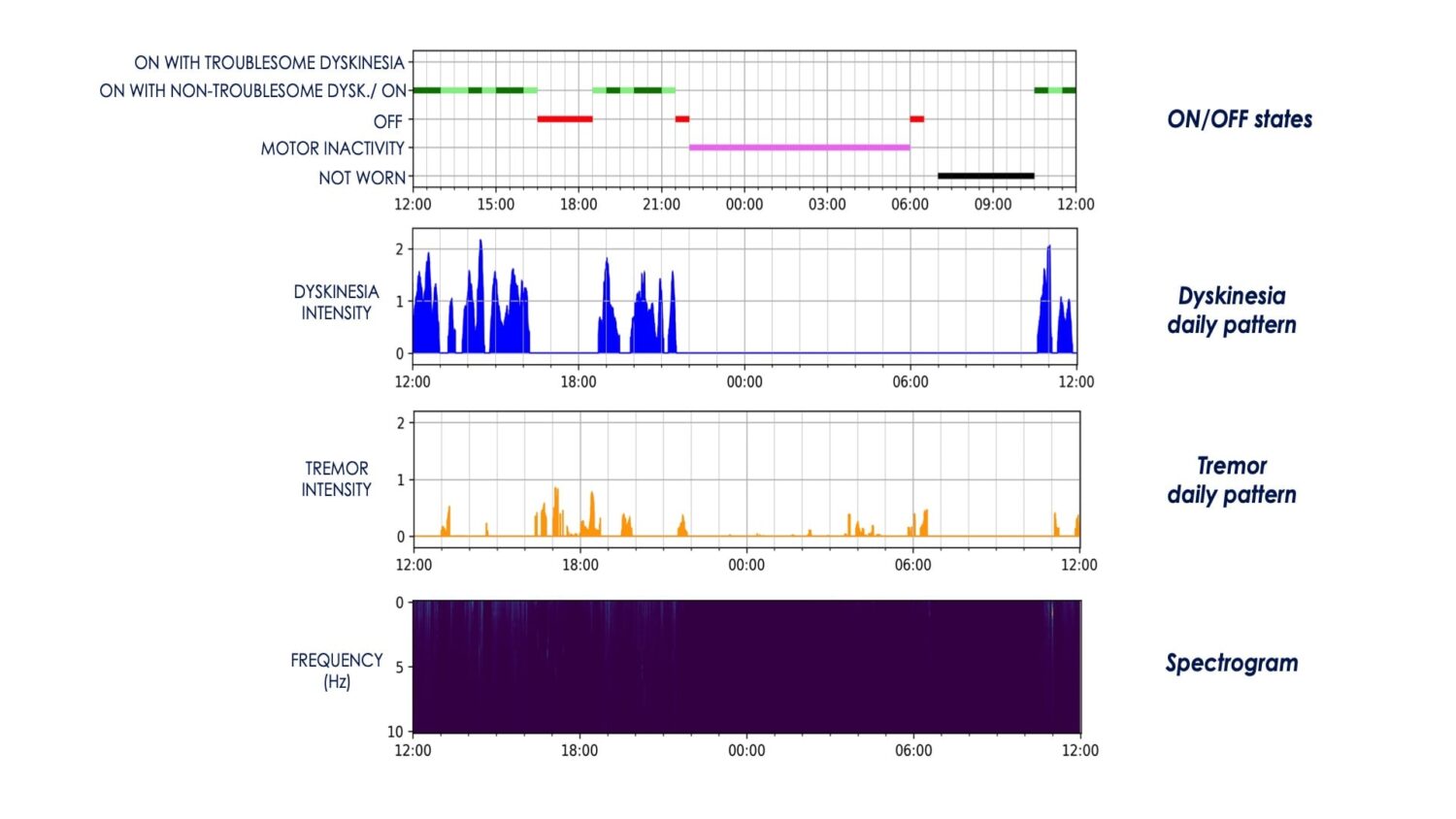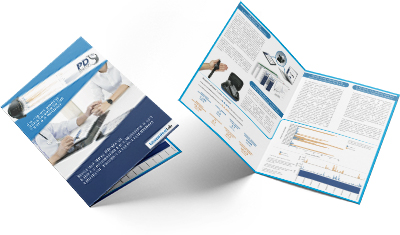
Better clinical management of the patient with Parkinson’s disease
A system for processing movement data of patients with Parkinson’s disease

AN AID FOR THE HEALTHCARE PROFESSIONAL
The PD-Watch, an acronym for Parkinson’s disease watch, is a medical device that allows the processing of data regarding the body movements of adult patients with Parkinson’s disease. It provides information on patients’ motor states, including tremors, bradykinesia, dyskinesia, and ON/OFF states.
The PD-Watch has been designed and developed to provide medical personnel with aid to refine the patient’s treatment plan in order to reduce symptoms and motor complications, ensuring the patient spends more time in a normal motor state.
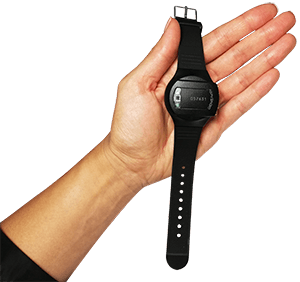
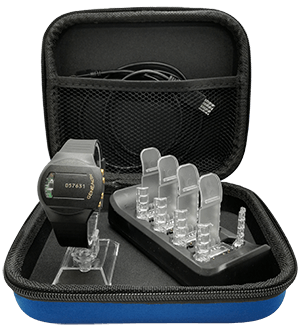
HOW IT WORKS
A continuous recording session is carried out similar to a “holter”. It records the patient’s body movements through a wearable system similar to a wristwatch, which includes a triaxial accelerometer and memory support.
This recording occurs at any time and during the patient’s daily activity. However, the recorded data comprises both movements of physiological and pathological origin.
Therefore, at the end of the recording, the data stored by the wearable system are processed with the PD-Watch’s software, which was designed and developed to provide the doctor with an instrument to support distinguishing the two types of movements.
Data processing takes place automatically through a dedicated cloud platform, and a report containing the primary information on the patient’s motor state is generated. This way, the doctor can assess the severity of symptoms and motor signs and study how they vary throughout the day and from day to day.
THE EXCLUSIVE PROCESSING METHOD
Symptoms and motor complications can occur with frequency values that can be superimposed on voluntary movements, making it very difficult to distinguish one from the other with only frequency analysis. Therefore, to reduce the probability of error in the distinction between physiological and pathological movements, the PD-Watch’s processing method, besides verifying that the frequency of the movement falls within the characteristic values of tremor, bradykinesia and dyskinesia, also performs an analysis of the movement pattern to confirm that it is actually due to a pathological movement. For example, in the case of the assessment of tremor, the PD-Watch’s processing method also checks that the movement occurs with the pronation-supination pattern characteristic of a tremor at rest, in addition to verifying that the frequency of the movement is that typical of Parkinsonian tremor.
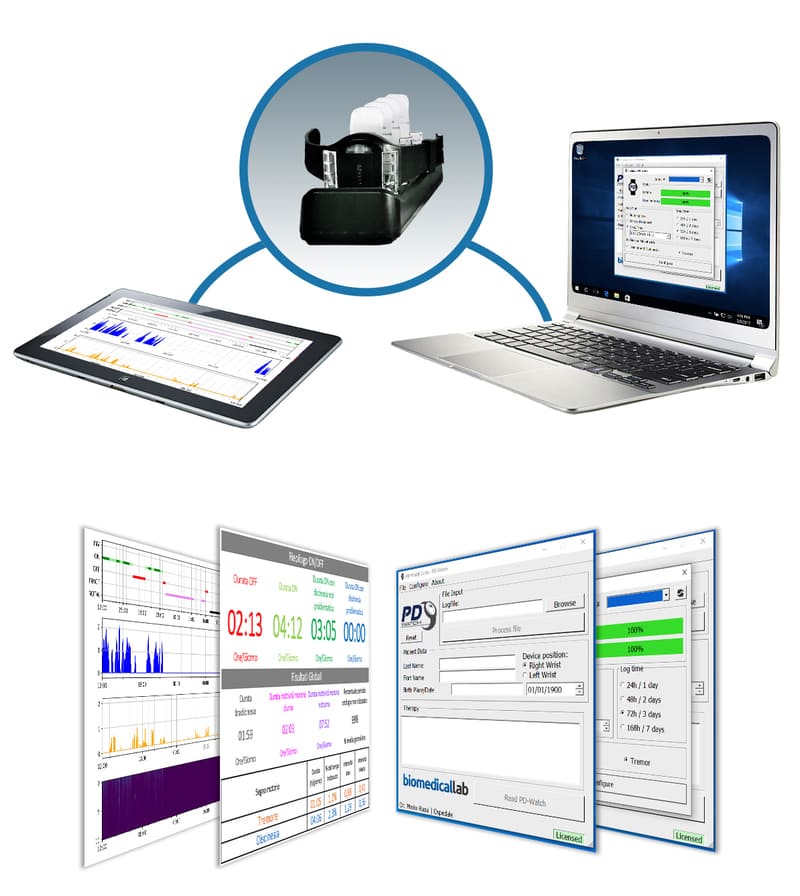

Some examples of data contained in the report

